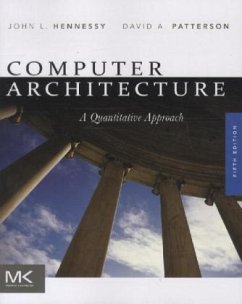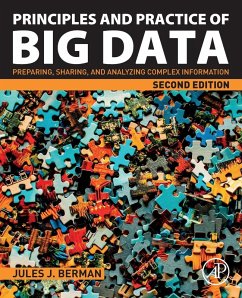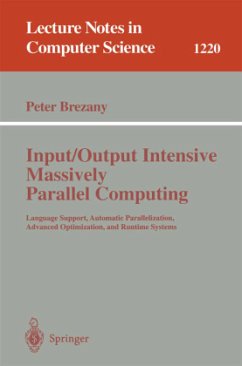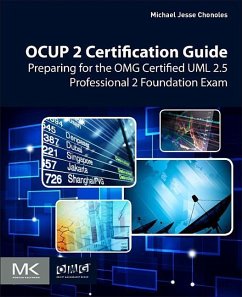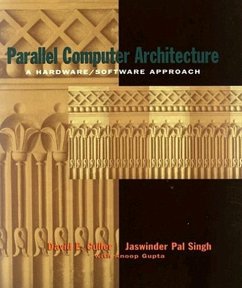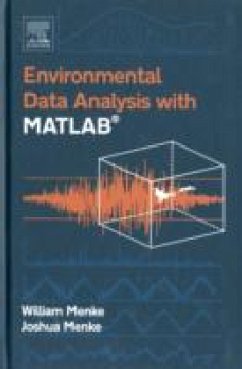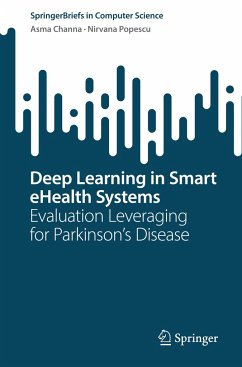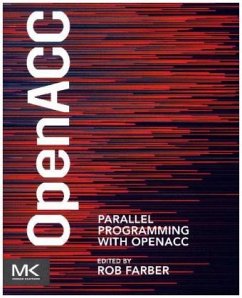
Programming Massively Parallel Processors
A Hands-on Approach

PAYBACK Punkte
29 °P sammeln!
Programming Massively Parallel Processors: A Hands-on Approach, Third Edition shows both student and professional alike the basic concepts of parallel programming and GPU architecture, exploring, in detail, various techniques for constructing parallel programs.Case studies demonstrate the development process, detailing computational thinking and ending with effective and efficient parallel programs. Topics of performance, floating-point format, parallel patterns, and dynamic parallelism are covered in-depth.For this new edition, the authors have updated their coverage of CUDA, including covera...
Programming Massively Parallel Processors: A Hands-on Approach, Third Edition shows both student and professional alike the basic concepts of parallel programming and GPU architecture, exploring, in detail, various techniques for constructing parallel programs.
Case studies demonstrate the development process, detailing computational thinking and ending with effective and efficient parallel programs. Topics of performance, floating-point format, parallel patterns, and dynamic parallelism are covered in-depth.
For this new edition, the authors have updated their coverage of CUDA, including coverage of newer libraries, such as CuDNN, moved content that has become less important to appendices, added two new chapters on parallel patterns, and updated case studies to reflect current industry practices.
Case studies demonstrate the development process, detailing computational thinking and ending with effective and efficient parallel programs. Topics of performance, floating-point format, parallel patterns, and dynamic parallelism are covered in-depth.
For this new edition, the authors have updated their coverage of CUDA, including coverage of newer libraries, such as CuDNN, moved content that has become less important to appendices, added two new chapters on parallel patterns, and updated case studies to reflect current industry practices.




